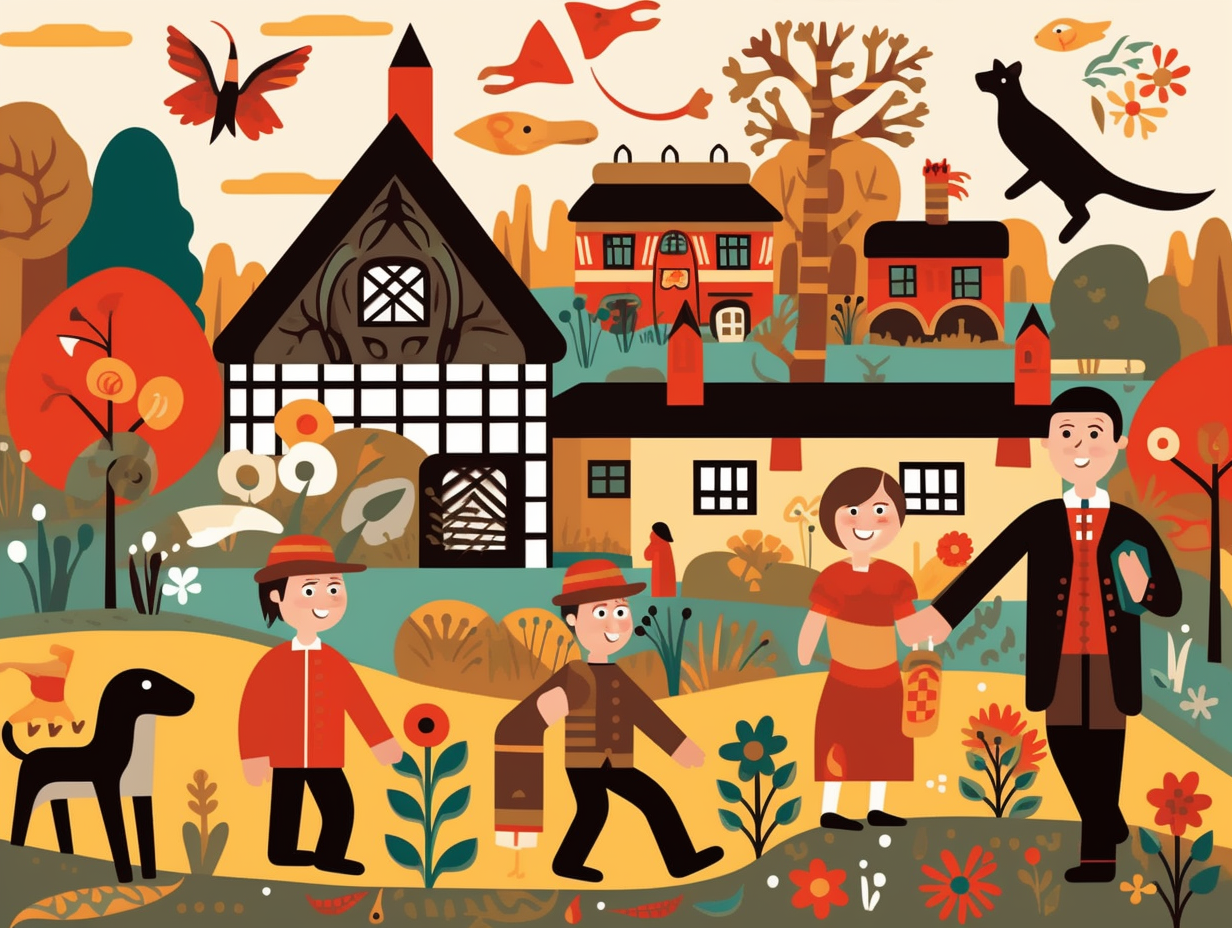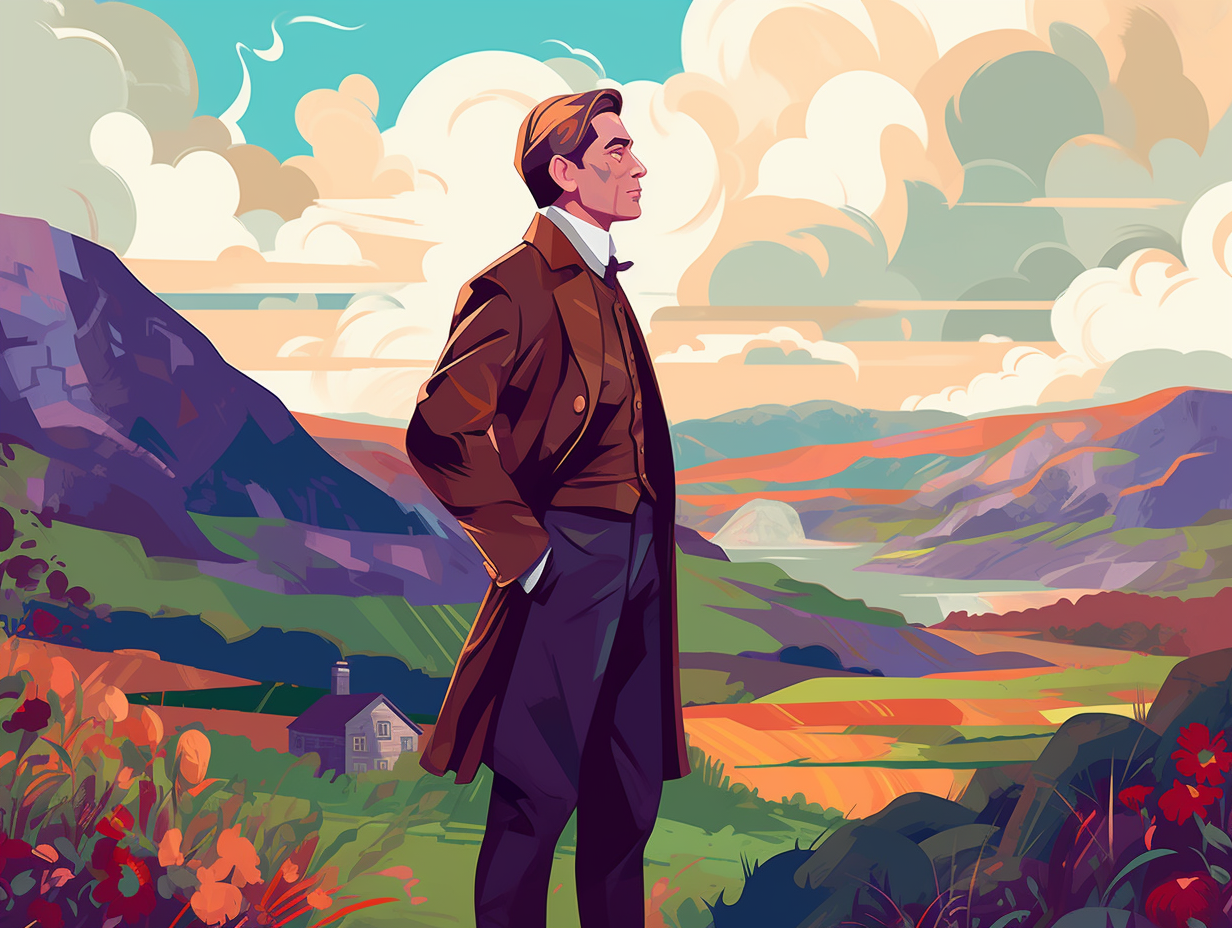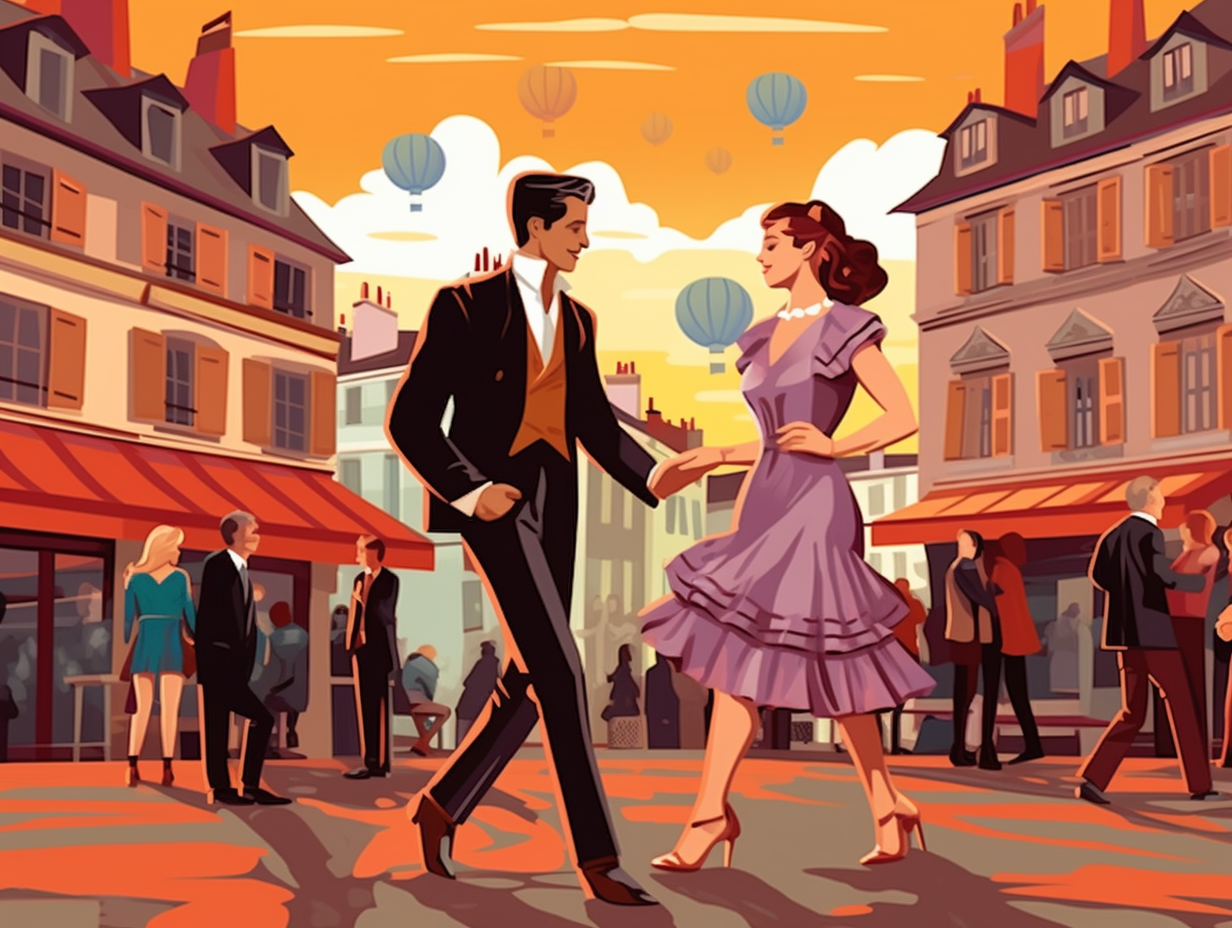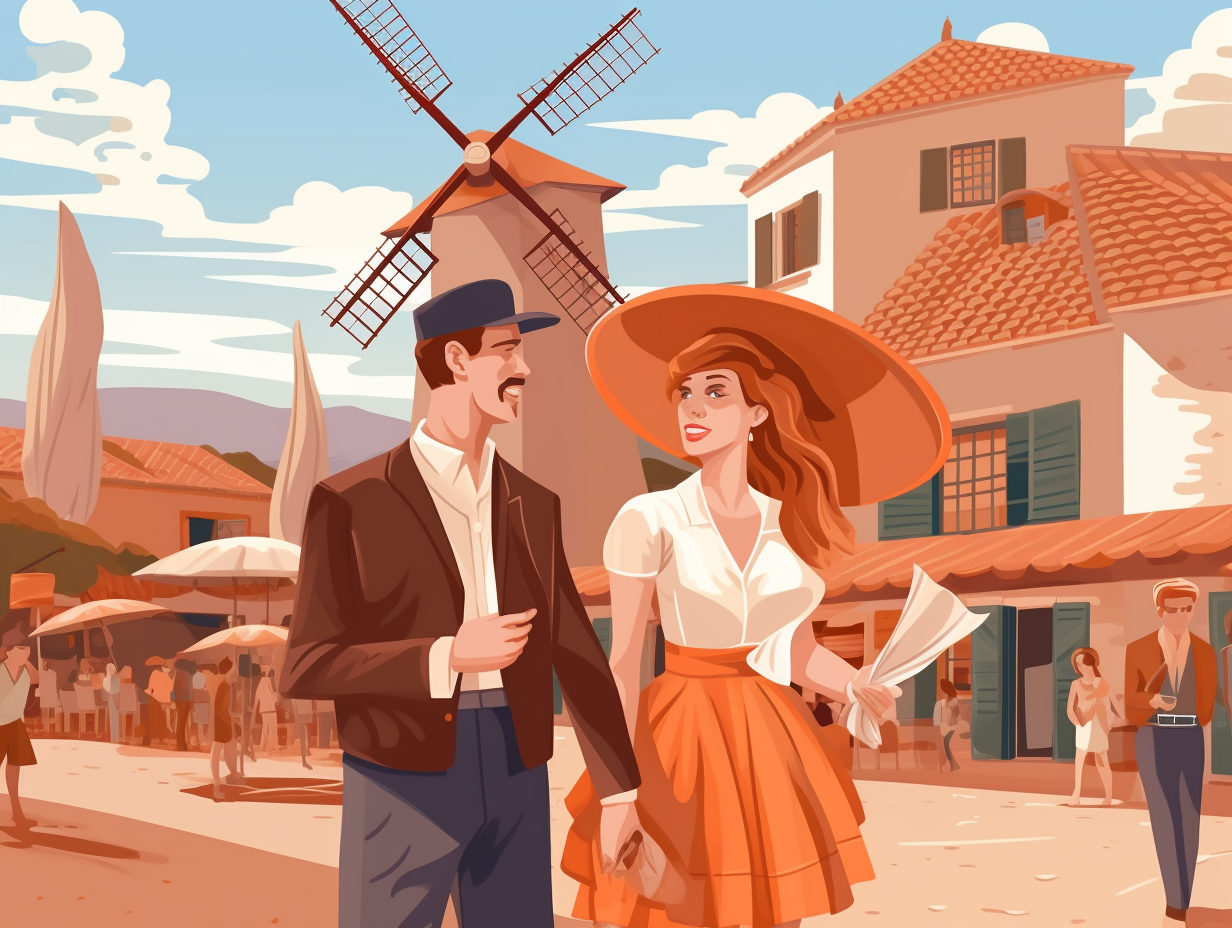Discover the Top 12 Amazing Fun Facts About England for Kids: Learn, Laugh, and Be Amazed!

1. Elizabeth Tower's Royal Renaming
Not feeling very “punny” today? Well, let me chime in with a jolly good joke: What do you call London's most famous bell after it celebrates Queen Elizabeth II's diamond jubilee? That's right, Elizabeth Tower! : Formerly known as Big Ben, the tower was renamed in 2012 to honor the Queen's 60-year reign and stands tall at 316 feet (96m) as an iconic symbol of British history and democracy. Located at the majestic Palace of Westminster in London, Elizabeth Tower is still home to one of the world's most accurate clocks and is a Grade I listed building and UNESCO World Heritage Site.
Source => en.wikipedia.org
2. Snow White's Favorite Mountain
If Snow White were to pick a favorite mountain in England, she would definitely opt for Scafell "Pike": a lofty perch that dwarfs its neighbors and is rumored to be the secret club for ancient Romans and Vikings on spa retreats! The serious reveal: Scafell Pike, standing tall at 3,210 feet (978 meters) in Copeland borough, is indeed the highest point in England, offering breathtaking views for hikers and a unique glimpse into the country's rich historical background.
Source => britannica.com

Did you know the UK is one of the last European nations driving on the left side? Find out why, and discover the history behind this peculiar British tradition! 🚗🛣️🇬🇧
=> Fun Facts about The-Uk
3. Thames Frost Fairs: Party on Ice
Before ice skating on thin ice was just an expression, it was all the rage in England: During the Little Ice Age from 1600 to 1814, the Thames River in London would freeze over, giving birth to Frost Fairs which featured makeshift shops, pubs, ice skating rinks, football pitches, bowling matches, puppet shows, and more – all built on the river ice, with the last Frost Fair held in January of 1814.
Source => historic-uk.com
4. Swan Spa Day: Beak-tastic Tradition
Who needs a swan song when you've got Swan Day? For centuries, England's elite have been treating their fowl friends to a beak-tastic spa day, all in the name of property rights and good old royal tradition: During the Middle Ages, mute swans in England were considered a prized possession and traded between nobles, who marked their ownership with unique nicks on the swans' beaks. These days, the annual swan-upping ceremony still happens on the Thames River, although swan marking is no longer practiced, and the Queen retains a claim on all Thames swans, sending them worldwide as royal gifts.
Source => rspb.org.uk

5. Swindon's Magical Traffic Circus
Step right up to Swindon's own circus of traffic, where motorists enter a dizzying dance with five mini-roundabouts whirling around a big top: Behold the Magic Roundabout, conceived by Frank Blackmore and inspired by a children's television show! Surprisingly, this notorious attraction touts an impressive safety record, reducing crashes by a whopping 75%. Built over the old Wilts & Berks Canal in the 1970s, it has intrigued and entertained generations, earning recognition from the UK Roundabout Appreciation Society and the dubious honor of "worst roundabout" by a UK insurance company in 2005.
Source => en.wikipedia.org
6. Pigeon Snack Ban in Trafalgar Square
Feathered friends, beware: Trafalgar Square is officially a no-fly zone for snacking pigeons! In a serious reveal: Since 2007, it has been illegal to feed pigeons in Trafalgar Square and surrounding areas, with a hefty £500 fine for offenders, all in the name of health concerns and maintaining cleanliness.
Source => en.wikipedia.org
7. Fish and Chips: A Portuguese Surprise
Hold on to your bowler hats and monocles, folks: the quintessentially British dish of fish and chips didn't even start as an English fancy! Factual statement: These delightful ocean nibbles and starchy bits were originally whipped up by 15th century Sephardic Jews in Portugal for some good ol' fish preservation, and only made their way to England thanks to Jewish immigrants – with the first official fish and chip shop being opened by Joseph Malin in London in 1860.
Source => docksidehhi.com
8. London's Secret Underground World
Is London suffering from a forgotten underground FOMO? London's streets might just have more secrets than the government lets on: tucked away beneath its bustling surface, a hidden world of abandoned tunnels and disused shelters unravels, some even dating back to the Cold War era. Case in point, a furtive tunnel under 57 Whitehall, built to guard crucial machinery and communication systems in the face of nuclear attacks! If this sparks your curiosity, the London Transport Museum can whisk you away on a tour through some eerily deserted Underground stations.
Source => thetravel.com
9. The Iconic Red Telephone Box
Before Alexander Graham Bell could say "You rang?", the Brits were painting the town — or at least their phone boxes — red: Sir Giles Gilbert Scott's iconic red telephone box, once a ubiquitous sight in England and its colonies like Malta, Bermuda, and Gibraltar, remains a beloved symbol of British culture, even snagging a spot among the top 10 British design icons in 2006!
Source => en.wikipedia.org

10. Dorset's Historic Postbox
You've got mail, 1853 style: Tucked away in Dorset's village of Holwell, stands a quirky red postbox that's been delivering letters since Queen Victoria's time! Still in use today, this postbox has survived two world wars and witnessed five monarchs rule Britain, thanks to the locals who campaigned to restore this tiny treasure to its well-dressed-red, pillar-box glory.
Source => dailymail.co.uk
11. Swan Avengers on the Thames
Who needs the Swana Lisa or Swan Solo when you've got the real-life Swan Avengers on the River Thames: Every July, a team called the Swan Uppers row their way upstream, counting baby swans (cygnets) and ensuring the health of the swan population – a tradition dating back to the 12th century when swans were seen as the tastiest treat for lavish banquets.
Source => royal.uk
12. Gnome Reserve: A Charming Sanctuary
Where gnomes gather for tea and a good book, nature thrives too: The Gnome Reserve in North Devon, England, founded in 1979 by Ann Atkin, is home to over 2,000 garden gnomes and holds the Guinness World Record for the largest gnome collection, all while providing a vibrant habitat for a variety of plants, birds, butterflies, and pond life.
Source => atlasobscura.com
Related Fun Facts




















